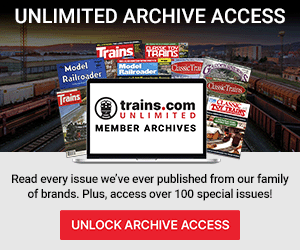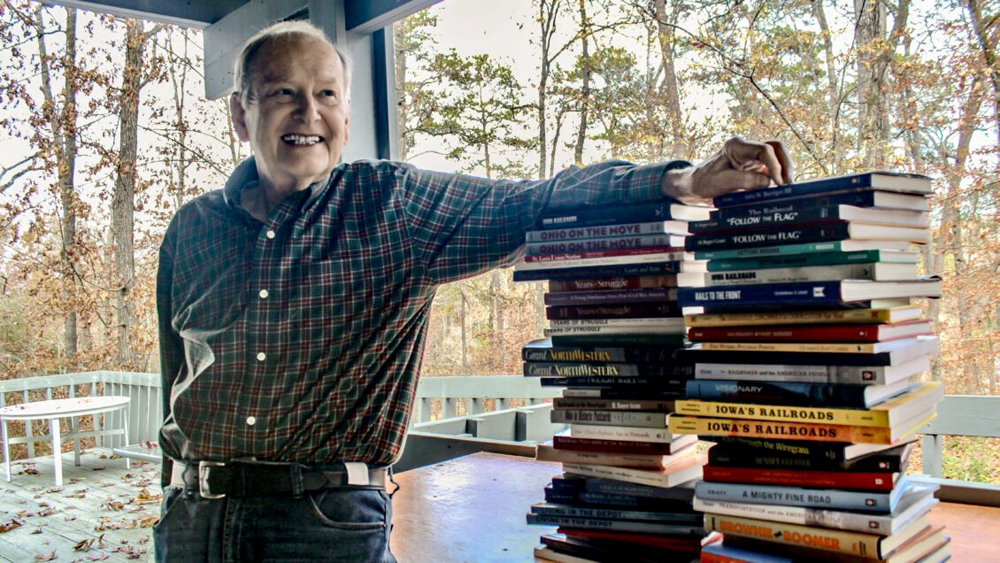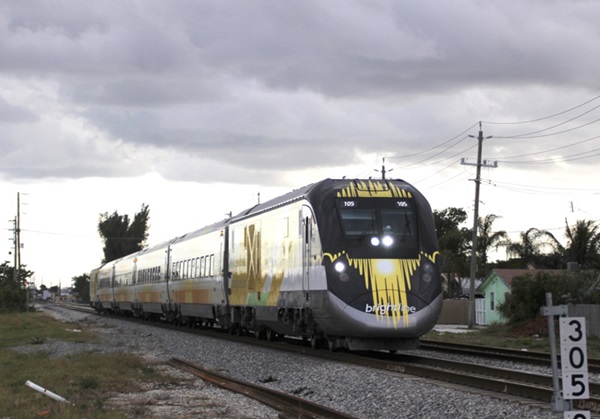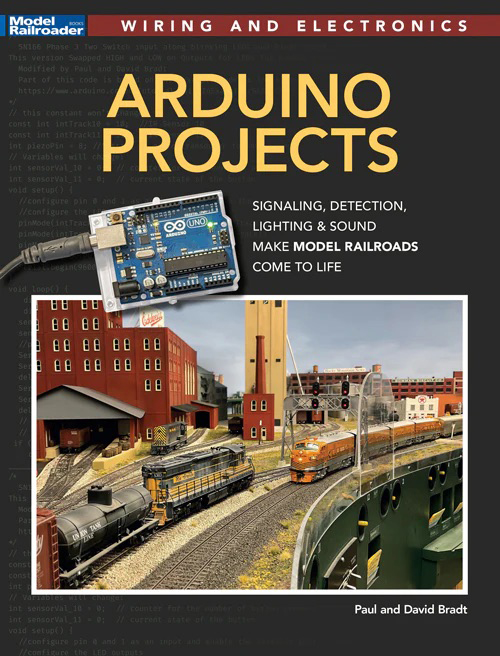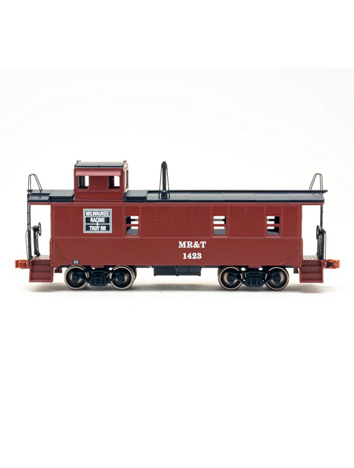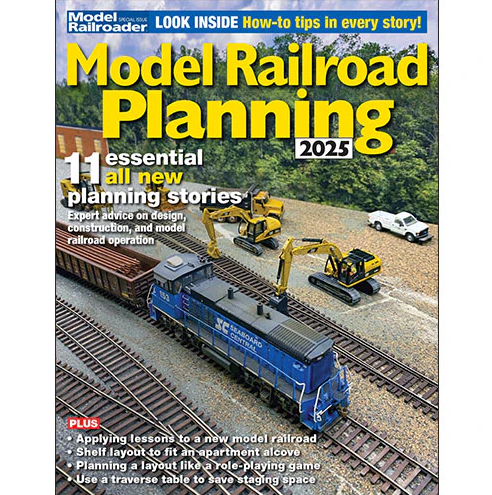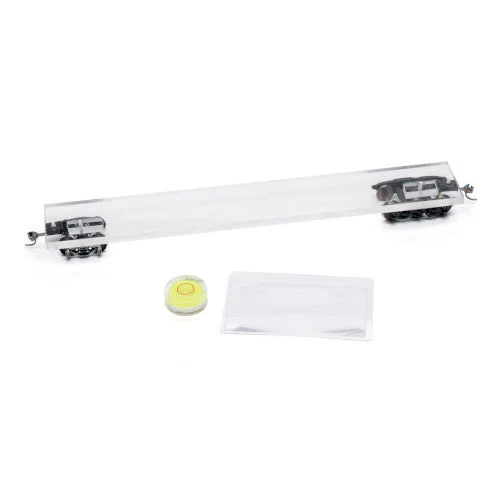
A newly tooled Budd dome coach is now available in N scale from RailSmith Models. The injection-molded plastic lightweight car features tinted dome window glazing, metal wheel stubs mounted on plastic axles, and truck-mounted Accumate knuckle couplers.
Prototype history
The RailSmith car is based on a dome coach built by the Budd Co. in 1955 under job number 9646-155. The full-size car had 46 seats in the coach and 24 in the dome.
The sample we received is decorated as Chicago, Burlington & Quincy 1335, part of the 1320 through 1335 series. The cars were owned by Great Northern (1320 through 1331); Spokane, Portland & Seattle (1332); and CB&Q (1333 through 1335).
In Burlington Northern Passenger Cars by Charles A. Rudisel, it notes that the Budd dome coaches were assigned to the Empire Builder upon delivery, bumping 48-seat coaches from the train. In the summer, three dome coaches were assigned to each Empire Builder set. In the winter there were two per set. The dome coaches sometimes appeared on the Western Star during off-peak times.
Chicago, Burlington & Quincy 1335 was slated to become Burlington Northern 4615 after the March 1970 merger that created the new railroad, but it was never renumbered. The dome coach was assigned number 9475 when it became part of the Amtrak fleet in 1971. After the car was upgraded with head-end power in February 1984, it was renumbered 9411. The lightweight car was damaged in a wreck at Batavia, N.Y., in August 1994; two months later the dome coach was retired.
Model features
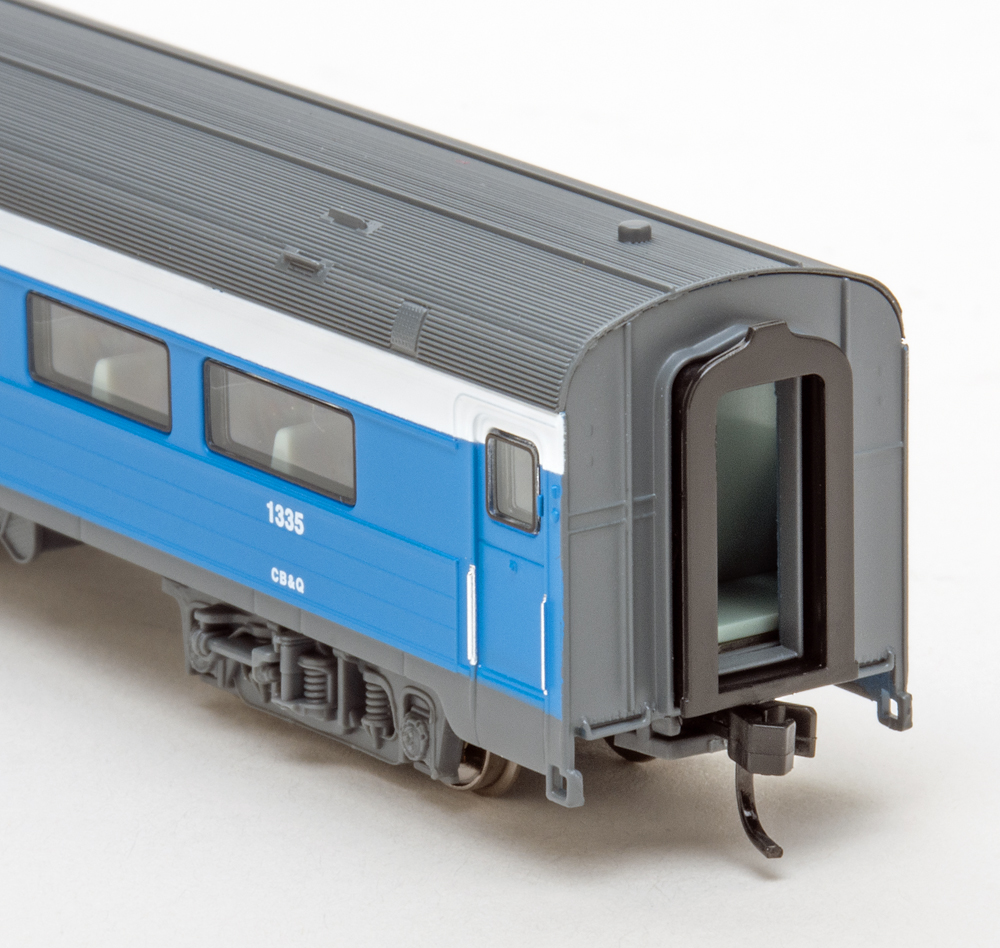
The sides and ends of the RailSmith dome coach are cast as a single unit. The roof and dome are a separate, one-piece casting. Eight tabs on the bottom of the roof lock into corresponding slots concealed inside the carbody.
Both ends of the car are fitted with a diaphragm molded in black plastic. Four tabs on the back of the casting fit into slots in the body. The stirrup steps and grab irons are molded. Similar to other RailSmith offerings, the side grab irons are painted to look like stainless steel.
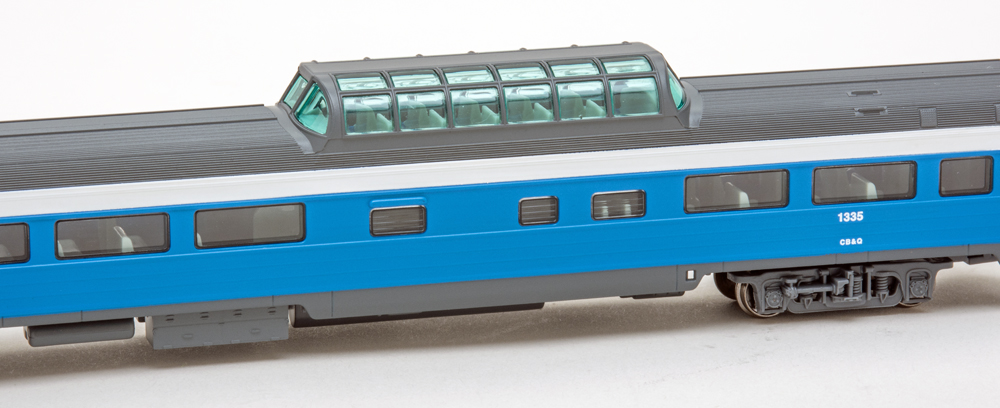
The coach section has clear, flush-fitting plastic window glazing. The glazing for the men’s and women’s restrooms is molded to look like prism glass, which provided privacy in the full-size cars. The edges of the coach windows are picked in black to simulate rubber gaskets.
The molded plastic interior consists of two parts. Details on the bottom portion include two coach sections, an electrical locker, boiler room, linen and table locker, and staircase up to the dome section. The details and layout of the men’s and women’s restrooms match drawings in Rudisel’s book. The upper portion of the interior, inside the dome, has seating for 24 passengers.

The dome coach has a one-piece underbody with eight tabs (four on each slide) that fit into slots that are part of the coach section window glazing. The underbody is recycled from other RailSmith offerings, so the arrangement of the molded parts isn’t an exact match for the Budd dome coach. Among the details are the air conditioner condenser, battery boxes, combined air reservoir, and water tank.
Metal contact strips frame the bolsters on both ends of the car. Though the car has provisions for interior lighting, the RailSmith light board won’t work on this model because of the dome seats.
The Budd dome coach is RailSmith’s first release to feature outside-swing-hanger trucks. Brass contacts are located behind the sideframes. Two of the four wheels were tight against the National Model Railroad Association standards gauge. This was easily fixed by twisting the metal wheels on the plastic axle.

Our review sample is decorated in GN’s 1967 Big Sky Blue scheme. The paint is smooth and evenly applied, and the color separation lines are crisp.
I found prototype photos of both sides of CB&Q 1335 in the Lake States Railway Historical Association’s online photo archive. The graphics on the model are shifted a touch too far to the right for the 1335, but hardly what I’d consider a deal breaker.
Prototype drawings of the Budd dome coach were printed in Rudisel’s book. The RailSmith model closely follows published dimensions.
I took the car over to our Milwaukee, Racine & Troy State Line Route, which has 18” minimum radius curves and No. 6 turnouts, to see how the model performed in an operating layout environment. The lightweight passenger car ran well while being pulled and pushed in a three-car train powered by a single four-axle cab unit. The minimum recommended radius for the 85-foot car is 14”.
With crisply defined body details, sharp paint and graphics, and plenty of room to add figures, the RailSmith Budd dome coach is sure to be a standout in your passenger car fleet. I can’t wait to see what cars Lowell Smith announces next!
Facts and features
Price: Single car, $64; two-pack, $132. Prices for other road names vary.
Manufacturer
RailSmith Models
P.O. Box 188
Prineville, OR 97754
Era: 1967 to 1971 (as decorated)
Road names: Chicago, Burlington & Quincy; Great Northern; Alaska RR; Amtrak; Burlington Northern; Missouri Pacific; and Northern Pacific.
Features
- Metal wheel stubs on plastic axles, two out of gauge
- Truck-mounted Accumate couplers, at correct height
- Weight: 1.4 ounces, correct per National Model Railroad Association Recommended Practice 20.1





